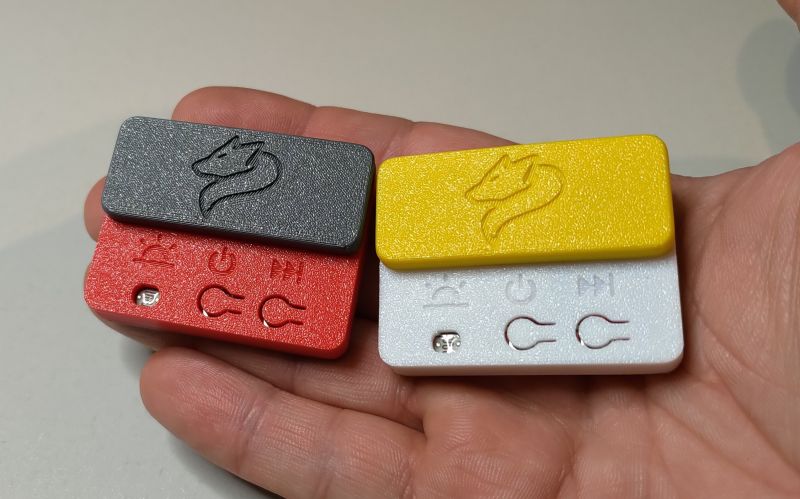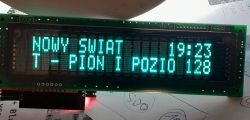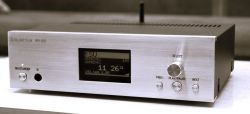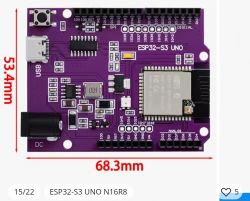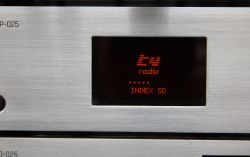@wirbud to eliminate any pin, connection issues start with the connection as it is defined in the software - this is a reliable proven configuration. Not every GPIO on the ESP32 is usable. It's hard to say if what you have is a problem with the display or the quality of connecting it all together. You need to take a small step approach to solving this - if you make a lot of changes at once, redefine the pins, on top of that everything "hangs" on the "Arduino" cables then unfortunately diagnostics are almost impossible. Updates from the network are done by being in the Bank menu and pressing the remote button assigned to the command rcCmdDirect . Alternatively, delete the bank files from the card then the radio will have to download them from the network.
I don't know if you managed to take a picture or if that green LED is on all the time on the module, which would mean that the UART is sending something all the time and that's a big problem. Normally the UART only sends some debug information, when changing stations etc. It does not transmit non-stop. It does not transmit non-stop.
@CodeBoy very interesting design. The undoubted advantage is the use of an already existing VFD display. Unfortunately not every radio has one that can display letters. The board doesn't appeal to me. Everything put together with "Lego Arduino" .
.
I don't know if you managed to take a picture or if that green LED is on all the time on the module, which would mean that the UART is sending something all the time and that's a big problem. Normally the UART only sends some debug information, when changing stations etc. It does not transmit non-stop. It does not transmit non-stop.
@CodeBoy very interesting design. The undoubted advantage is the use of an already existing VFD display. Unfortunately not every radio has one that can display letters. The board doesn't appeal to me. Everything put together with "Lego Arduino"



